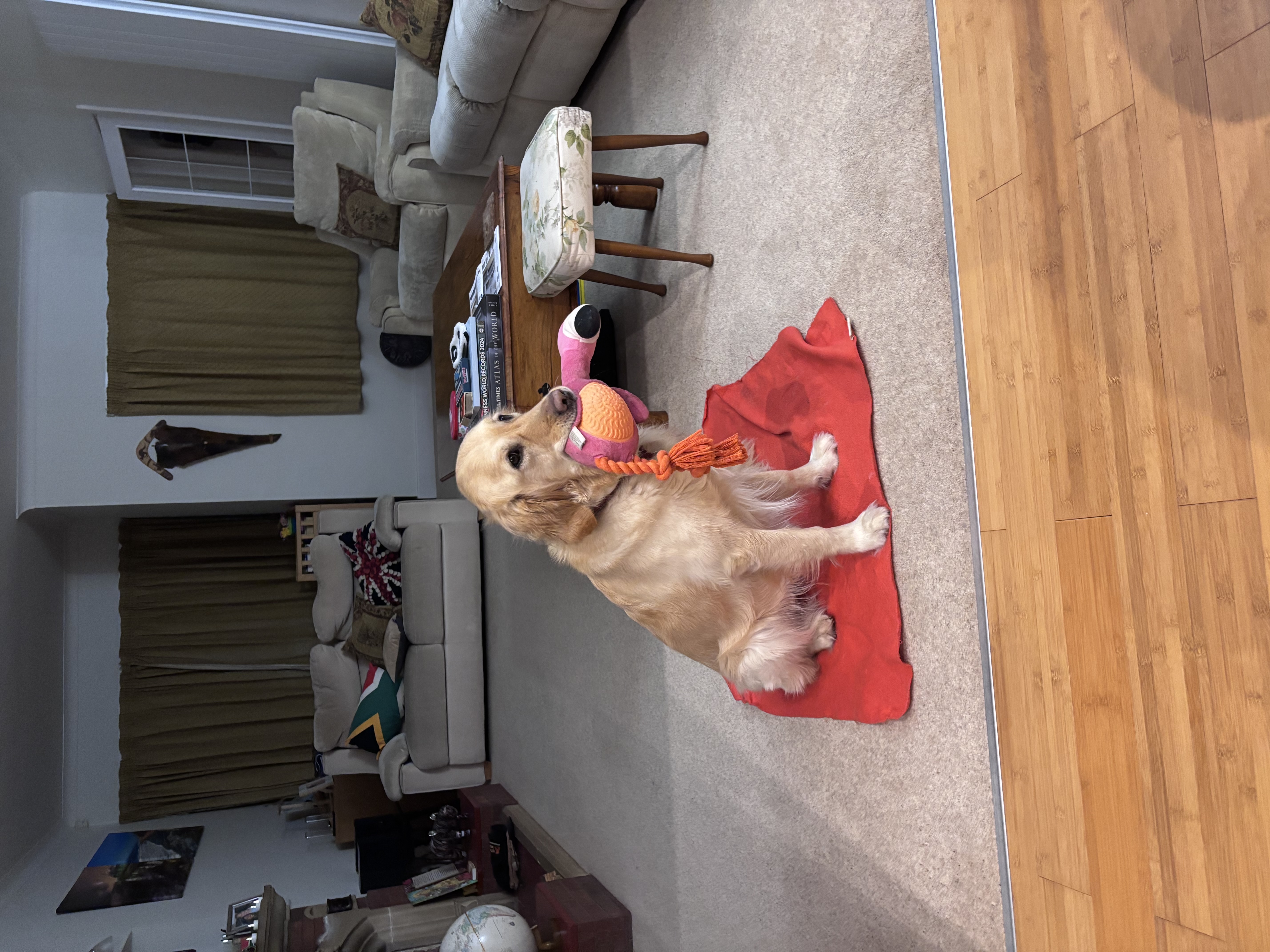Explaining phobias - Behavioural
Cards (17)
- What does the two process model proposed by Mowrer state about behavior?
- How does the two process model explain phobias?
- What are the two types of conditioning in the dual process model?
- How are phobias acquired according to the model?
- What role does operant conditioning play in phobias?
- Who conducted the research study on Little Albert?
- What was the initial reaction of Little Albert to the white rat?
- What was the unconditioned stimulus (UCS) in the Little Albert study?
- What was the neutral stimulus (NS) in the Little Albert study?
- What does negative reinforcement involve?
- What does Mowrer suggest happens when we avoid a phobic stimulus?
- How does a phobia develop according to the behavioral explanation?
- What is a strength of the behavioral explanation of phobias?
- What did Ad De Jongh et al find about dental phobia?
- How does the control group compare to those with dental anxiety?
- What is a counterpoint to the behavioral explanation of phobias?
- What is a limitation of the behavioral explanation of phobias?
